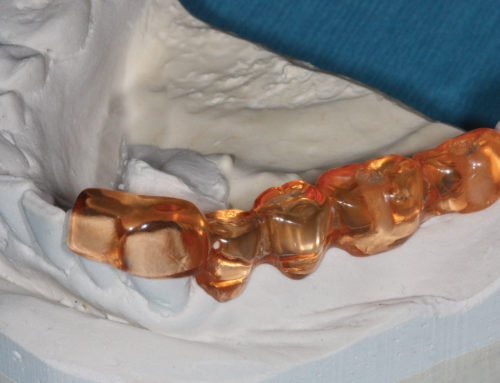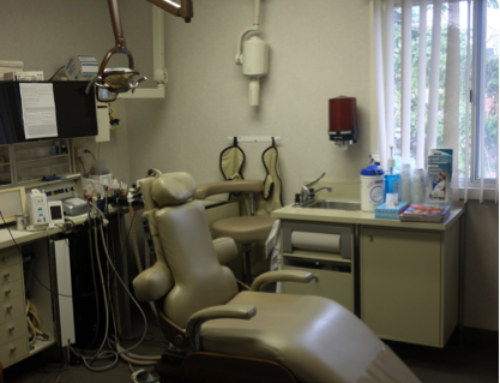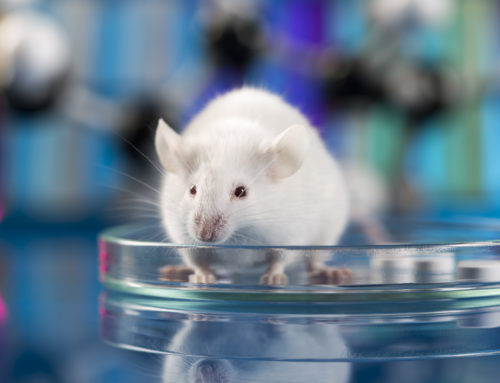Large sets of clinical data gathered over an 11-year period in Ontario, Canada, show dentists are detecting more cases of pre-cancer and oral cancer than in previous studies. Recently published in the Journal of the American Dental Association, lead author and dentist-scientist Dr. Marco Magalhaes of the University of Toronto, looked at 63,483 biopsies submitted to the Toronto Oral Pathology service. The meta-analysis found data indicating the rise in numbers of oral carcinomas and dysplasia detected and submitted by dentists.
“This is the first time that we have assessed dysplasia detected by dentists over such a long period of time,” says Magalhaes.
The numbers show the important role and effect of more comprehensive training in improved detection rates. Survival rates for patients have remained steady for decades. This means, according to Magalhaes, that “advancements in treatment have minimally improved survival rates.” With early detection of oral cancers, survival rates are high, at about 80 per cent over five years. Advanced stage survival rates drop to about 30 percent after five years.
“This supports the fact that early detection really is the most important step here,” Magalhaes adds. And, as the study suggests, regular dental check-ups may be our best line of defence.





